
Review on 📏 HM Digital 1000PPM Calibration Solution: Accurate and Reliable Calibrating Formula for Precise Measurements by Hassan Tomlinson

Does what it's designed to do when you use it properly
I use an EC meter to check the salinity of the nutrients for my indoor grow. This test liquid checks the meter for both EC and PPM and is well suited for this purpose. I prefer this over the bags you mix yourself because it's lab quality and made with pure reverse osmosis water. So if you don't have access to reverse osmosis water, this is a better option than mixing it with your own. Based on that alone I can recommend this product for checking the accuracy of your meter and also recommend purchasing a 342 PPM solution so you can test range. If you're interested in a little advice on how to use this product, read on. It doesn't take much to contaminate that liquid and reduce accuracy. And yes, I understand the manufacturer claiming that you can put the meter straight into a wide-mouth bottle, but in my opinion there is a risk that the test solution will become contaminated over time, even if you wash it with distilled water between uses do the washing up. So you need to make sure you dump what you need for testing and not pour it back into the container. I use these little paper cups that you can use in the bathroom. They are inexpensive and good for checking calibration and storing water samples that you test with your meter. If you always use the same container and don't rinse it well, salt particles can build up, which can increase the EC/PPM readings in the water being tested. Use distilled water to rinse the meter between uses and change this water frequently to avoid cross-contamination. That may sound like exaggeration and a little paranoia on my part, but it really comes down to how accurate your statement needs to be. In my case I want the reading to be +/- maybe 2%. So when you consider the accuracy of these gauges, which varies between 2 and 5%, a good calibration solution and cleanliness process will ensure that you test the gauge without significant error. I mentioned that this liquid checks both PPM levels and EC levels. I prefer to use EC to measure salinity versus PPM, which is just a math equation (programmed into the instrument) using EC, which is the base number. Thus, the measurement using EC is more accurate. Although for measuring drinking water and water levels in an aquarium, PPM is probably fine. Hope this helped some. End
- NIST traceable lab quality solutions
- Expensive
New products
Comments (0)
Top products in 🧪 Lab Instruments & Equipment
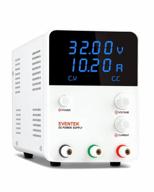
Eventek Variable DC Power Supply - 32V 10.2A Adjustable Bench Power Supply With High Precision LED Display And Alligator Leads For Switching Regulated Performance

29 Review
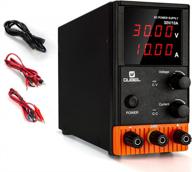
OUBEL 30V/10A Adjustable Lab Power Supply With LED Display, Alligator Clips, And US Power Cord - Ideal Switching Regulated DC Power Supply For Bench Applications

11 Review
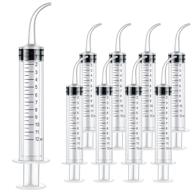
9 Pack 12Ml/Cc Dental Syringe W/ Curved Tip & Measurement - Disposable Graduated For Oral Care, Tonsil Stones Removing, Lab Use, Feed Small Pet

25 Review
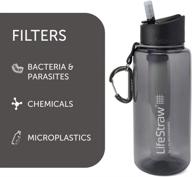
LifeStraw Go Water Filter Bottle: The Ultimate 2-Stage Integrated Filter Straw for Hiking Adventures

10 Review
Another interesting products
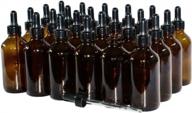
Get 24 Pack Of 4 Oz. Amber Boston Round Glass Bottles With Droppers From GBO GLASSBOTTLEOUTLET.COM

11 Review
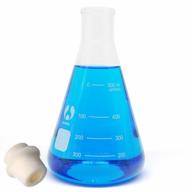
Graduated Erlenmeyer Glass Flask Set With Narrow Mouth - 500Ml Capacity

15 Review
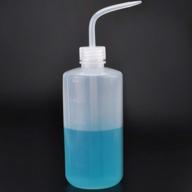
Valchoose LDPE Economy Wash Bottle, Narrow Mouth Squeeze Bottle Medical Lab Plastic, Safety Squeeze Bottle No Spill, Bend Mouth Watering Cans (500Ml / 16Oz / 1 Bottle)

14 Review
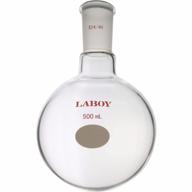
Laboy Glass 500ML Single Neck Round Bottom Boiling Flask Heavy Wall With 24/40 Joint Heating Reaction Receiving Flask Organic Chemistry Lab Glassware

16 Review

